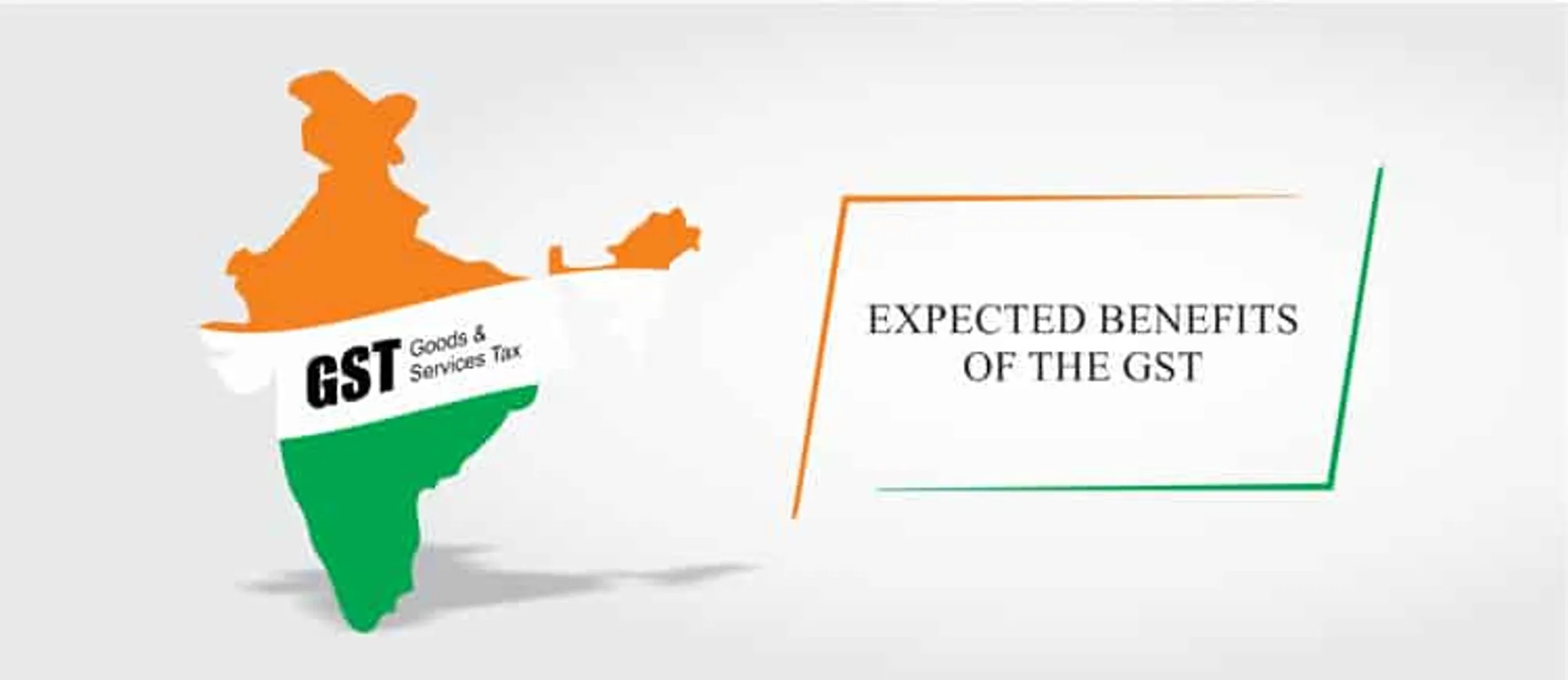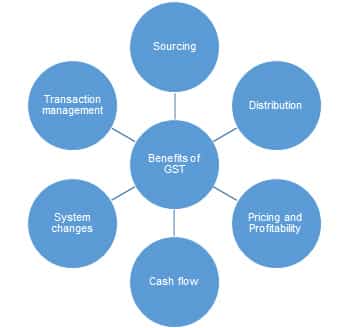The first Look….
July 1 dawned to the application of what is clearly seen as the biggest Tax reform in India. The wave that it stirred up, the impact of the regulations and the expected results in the context of the Indian Economy have all made this one of the hottest topics of debate in the past few months.
Clearly, the Indian government has established the single tax system with the aim of eradicating corruption and ensuring fair play. This initiative is laying down a path for a common national market.
Amidst the confusion about the definitions and restrictions/policies that will sweep over the economy, here’s our attempt to clear off some cobwebs and make the term simpler for you.
The Goods and Services Tax defined-
- Goods and Services Tax (GST) is a single indirect tax implemented to help in eliminating “tax on tax.”
- It is a general service taxation system imposed throughout India to replace all the central and state taxes.
- It is stipulated to be one tax on supply of goods and services that will be paid only on value addition at each stage, right from the manufacturer to the end consumer.
- With the benefit of setting off tax at the previous stages of the chain, the end user will only bear the amount charged by the last supplier in the supply chain.
- The GST rates on goods and services are – 0%, 5%, 12%, 18%, 28%
- 5% will be levied on common, daily used items,
- 12% and 18% on fast moving consumer goods, services (except some services such as train tickets will fall under low slab of tax),
- 28% on luxury items and
- For ultra luxury items, it will be 28% + cess
- The various taxes, levied by the Central and State Government that will be included in the GST are as follows
- Central Excise Duty
- Additional Excise Duty
- Countervailing Duty (i.e. additional customs duty)
- Taxes on lottery, gambling, and betting
- Special Additional Duty of Customs
- Taxes – Entertainment, Sales or VAT, Central Sales, Purchase, Luxury, Service, and Octroi and Entry
Expected Benefits of the GST
It is not only hoped but also expected that everyone will profit from the implementation of the GST scheme, whether it is the state and central government, business and industry or final consumer. The various advantages of the system are as follows:
 Various taxpayer services such as returns, payments, registrations, etc. will be available online, making the IT system transparent and easy to comply with. With the help of dynamic IT system, it will be easy to administer the GST as compared to the various taxes levied by the Central and State Governments.
Various taxpayer services such as returns, payments, registrations, etc. will be available online, making the IT system transparent and easy to comply with. With the help of dynamic IT system, it will be easy to administer the GST as compared to the various taxes levied by the Central and State Governments.- Because of the uniformity in tax throughout the country, the ease of running a business in different locations has increased. This will also help in enhancing the competitiveness of Indian goods and services in the International market which is expected to boost the country’s export industry.
- With the implementation of a single taxation system under GST, there will be no hidden taxes and the final user will be able to enjoy the benefits of the transparent system. It will also reduce the overall tax burden on goods as well as on the final consumers.
- Goods and Services Tax will help in decreasing the hidden expenses of the business.
- It is anticipated that with the execution of GST, the cost incurred in the collection of tax revenues will reduce, thereby increasing the efficiency and amounts of revenue.
The debates will go on, definitions will be challenged and discussed, regulations will be questioned from time to time – In all this, keep watching this space for more on this topic for detailed analysis and clarifications.


 Various taxpayer services such as returns, payments, registrations, etc. will be available online, making the IT system transparent and easy to comply with. With the help of dynamic IT system, it will be easy to administer the GST as compared to the various taxes levied by the Central and State Governments.
Various taxpayer services such as returns, payments, registrations, etc. will be available online, making the IT system transparent and easy to comply with. With the help of dynamic IT system, it will be easy to administer the GST as compared to the various taxes levied by the Central and State Governments.